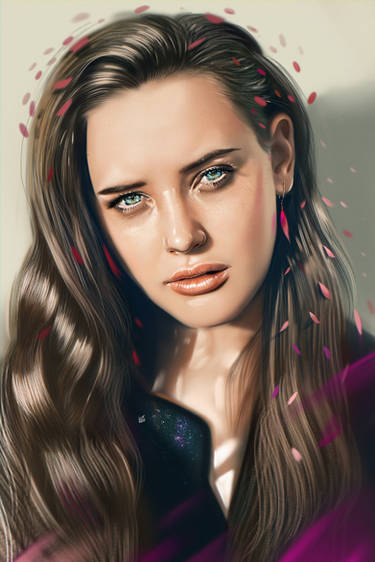Hello people,
I've been asked many times about how to draw or paint and where to find tips and tutorials about it.
I, as a self-taught artist, have struggled a lot trying to learn and understand how to draw well and do digital painting. So I decided to put on a series of journals on this topic providing tips and resources, hoping that it can be useful for anyone who is willing to become an artist.
This series focuses mainly on digital art, but most of the principles can be applied to traditional art as well. This is not a training course, so please don't expect me to give you an in-depth look to it. Just take it as a collection of resources.
I have found most of what I've learned on YouTube and the internet, therefore I will provide many links to pages and channels related to what I'm talking about.
Part VII: Composition
We're now close to be the perfect digital artist! (omg, I wish I was)
One thing that is often neglected by beginners and intermediate is the composition.
If you want to create an image that is pleasing to the eye you just can't rely only on good painting and colors, you need to organize the elements of the image in order to achieve your goal.
The goal is usually to give the maximum amount of importance to the so called "selling point", which is the most important thing of your picture, the first thing you want the viewer to see.
There are many rules in order to lead the eye of the viewer where we want.
Here are the important ones (at least in my opinion):
- the rule of thirds;
- the leading lines;
- the contrast (or separation).
For an overall view about composition:
Art Stuff! Ep. 5: Composition!
The Rule of Thirds
The rule of thirds is quite easy and most used in the world of photography.
If you divide the canvas in three rows and three columns with lines, the best place to put your subject is where the lines cross, or along the lines. If you want to avoid your picture to be boring, DO NOT put your subject in the dead center (there's a reason if it's called "dead"
This is true also for the line of the horizon, try to avoid putting the line of the horizon in the middle of the image otherwise the viewer wouldn't be able to tell which half of the image is the most important.
For more about composition:
Composition for Artists, Rule of Thirds and Golden Ratio
The Leading Lines
Leading lines are imaginary lines that drive the viewer's eye to the main subject and along the composition. You should organize the elements of your image (shapes and edges) in order to create a harmonic flow.
Keep in mind that our mind is attracted more by curvy lines than straight ones. You should always try to keep balance in your composition as well.
For more about leading lines:
Composition for Artists - Ep.09 Leading the Eye
The Contrast (or Separation)
You should always try to maintain a good separation between the main elements of your picture.
This is usually achieved with different values/colors.
The base principle is that you should differentiate the values of background, middleground and foreground. This is usually referred as choosing a "value pattern".
Another way to create separation between elements and give a strong perspective effect is to create atmospheric perspective. The principle is that the farther an element is the lighter is its value. This is used mainly in landscape painting.
Value patterns explained:
Digital painting techniques, value planning
Atmospheric perspective explained:
Atmospheric Perspective
Understanding atmospheric perspective
If you find this helpful, please +watch me, +fav this journal or just leave a comment below.
Any feedback is appreciated.
And if you have questions, please write them in a comment below and I could post a journal of Q&A at the end of the series.
Stay tuned!
Previous journal entries:
Becoming a Better Digital Artist - Part I: Introduction
Becoming a Better Digital Artist - Part II: Starting Up
Becoming a Better Digital Artist - Part III: Tools
Becoming a Better Digital Artist - Part IV: Drawing
Becoming a Better Digital Artist - Part V: Shading
Becoming a Better Digital Artist - Part VI: Colors


